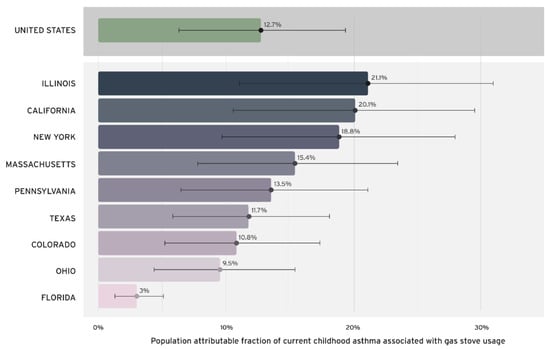Energy Demand
This section focuses on end-use, or
secondary energy demand, when looking at energy use by sector of the economy. It focuses on primary energy demand when looking at economy-wide energy use. End-use demand includes electricity, while the fuel used in generating electricity is accounted for in
primary demand. Historical data is sourced primarily from
Statistics Canada’s Report on Energy Supply and Demand in Canada. That data is supplemented with additional details from ECCC, Natural Resources Canada, and various provincial data sources.
In the near term, energy use follows macroeconomic trends and declines 5.6% in 2020, and then recovers in the next two years. Following the recovery, the Evolving Scenario projects Canadian energy use to decline until 2050.
Figures R.2 and
R.3 break energy use down by sector, showing declines in all sectors. The largest declines are in the industrial (including upstream oil and gas) and transportation sectors. These declines are due to factors such as improved energy efficiency, gradual electrification of the transportation sector,
13 and various policies like carbon pricing. Economic growth and near-term increases in crude oil and natural gas production (discussed later in this section) provide some upward pressure on energy use. However, economic growth is slower than historical trends, and crude oil and natural gas production eventually declines. In the Reference Scenario, lack of additional climate policy action beyond current policies, higher crude oil and natural gas production, and less electrification leads to moderate demand growth in the projection, although at levels lower than recent history.
Energy use trends vary by sector, and within the sectors they vary by energy type. See
Figure R.4. These trends result from several drivers, including macroeconomics, energy production trends, energy efficiency improvements, policies, technology advancements, and market developments. The transportation sector undergoes a notable shift. RPPs such as gasoline, diesel, and jet fuel have historically dominated the transportation sector, and this begins to change in the Evolving Scenario. Improved fuel economy, as well as electrification, cause transportation energy use to decline over the projection. For passenger transportation, electric vehicles grow gradually from a small share of personal vehicles to an important part of the transportation mix. Driven by falling costs, as well as steadily increasing policy support, ZEVs, including battery electric and plug-in hybrid electric, represent one out of every two passenger vehicles purchased by 2050. Electric freight, particularly light-to-mid-duty, and hydrogen-powered freight (mid-to-heavy duty), and increasingly electrified public transportation (electric bussing) grow steadily in the 2030s and 2040s.



